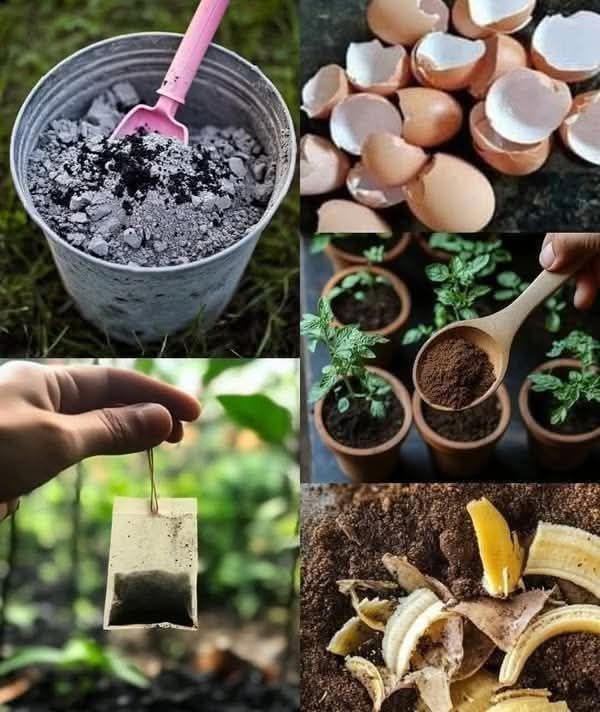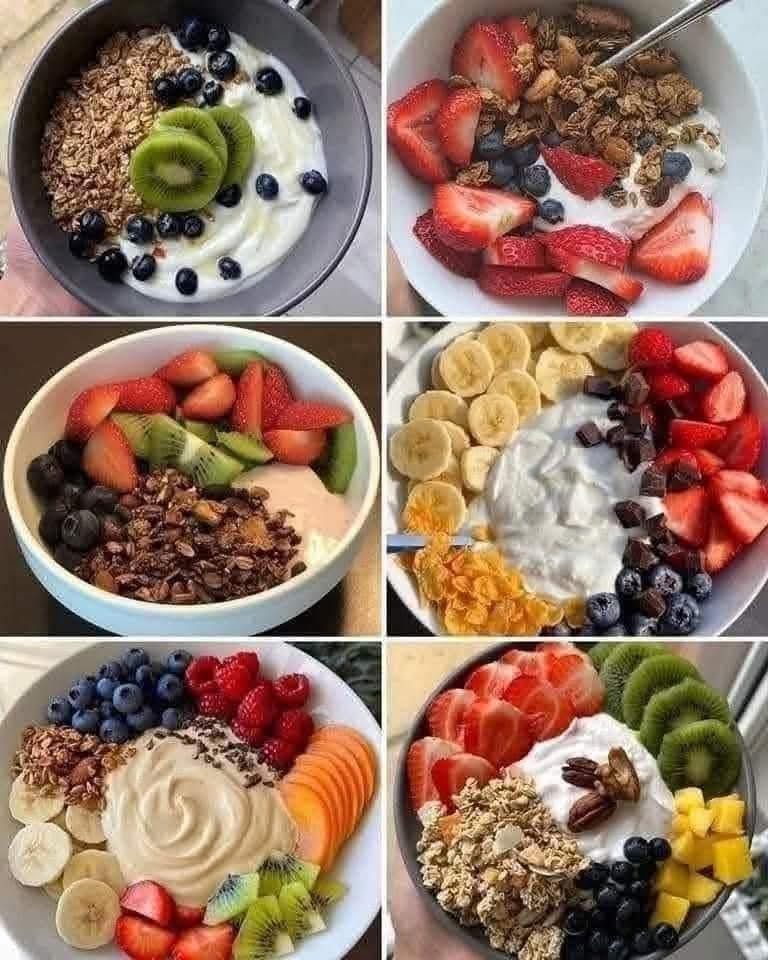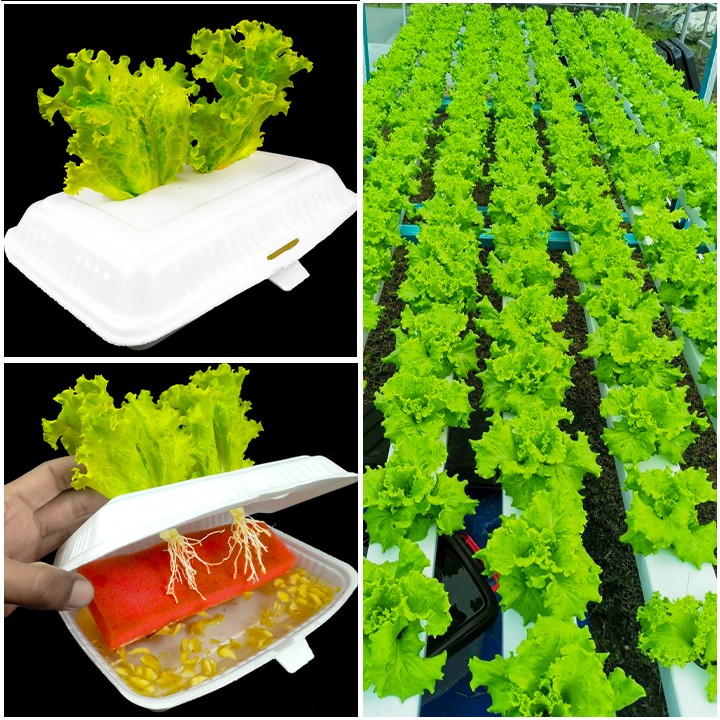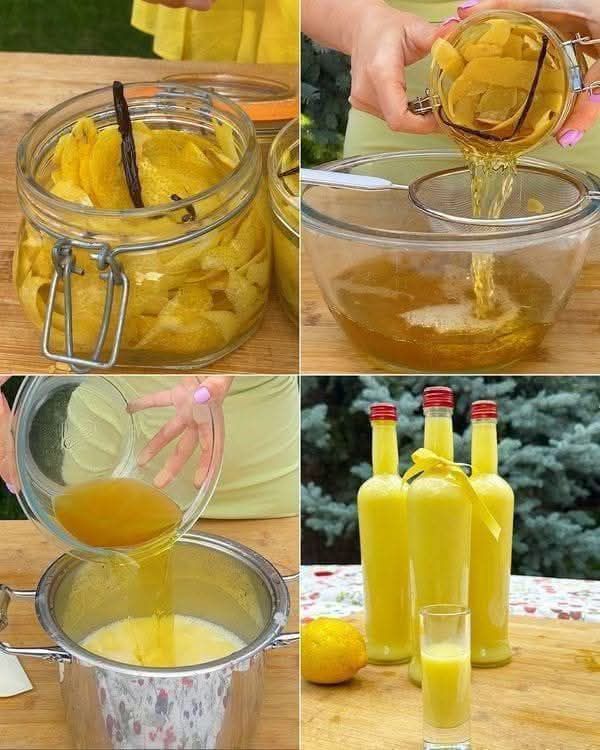Because your plants deserve the good stuff—and so does your wallet.
If you’ve ever looked at the price tags on store-bought fertilizers and thought, “There’s gotta be a better way,” — you’re absolutely right. The truth is, some of the best plant fertilizers are already hiding in your kitchen, pantry, or backyard. These natural alternatives don’t just feed your plants; they improve soil health, reduce waste, and help you grow greener, stronger, and more vibrant gardens without harsh chemicals.
Whether you’re a balcony herb grower or a full-blown homesteader, these 12 homemade fertilizers are easy to whip up, eco-friendly, and surprisingly effective.
Let’s dig in. 🌱
1. 🍌 Banana Peels – A Potassium Powerhouse
Bananas are loaded with potassium, phosphorus, and calcium—three nutrients that plants absolutely love. Instead of tossing your peels, put them to good use:
How to Use:
- Bury chopped banana peels a few inches into the soil near your plant roots.
- Soak peels in water for 2–3 days to make a potassium-rich liquid fertilizer.
Great for: Tomatoes, peppers, roses, and flowering plants—they’ll bloom brighter and stronger.
2. ☕ Used Coffee Grounds – For Acid-Loving Plants
Coffee grounds are more than just your morning routine—they’re a fantastic nitrogen boost for your soil. They also improve soil texture and drainage.
How to Use:
- Mix into compost or scatter around the base of acid-loving plants like blueberries or azaleas.
- Let them dry out before use to avoid mold.
Great for: Hydrangeas, blueberries, roses, and tomatoes.
3. 🥚 Eggshells – A Calcium Kick for Stronger Cells
Crushed eggshells are mostly calcium carbonate, which helps prevent issues like blossom end rot in tomatoes and peppers.
How to Use:
- Crush and sprinkle directly into the soil.
- Blend with water and spray onto plants for a homemade calcium foliar spray.
Pro tip: Boil them first to sanitize and soften them before adding to the blender.
Great for: Tomatoes, peppers, cucumbers, and houseplants.
4. 🧂 Epsom Salt – For Magnesium and Greener Leaves
Epsom salt isn’t just for your bath—plants love it too! It’s high in magnesium and sulfur, which promote chlorophyll production and improve seed germination.
How to Use:
- Dissolve 1 tablespoon in a gallon of water and water plants once a month.
- Spray directly on leaves for a quick green-up.
Great for: Tomatoes, peppers, roses, and leafy greens.
5. 🍯 Molasses – The Secret Sugar Boost
Unsulphured molasses contains minerals like iron, calcium, magnesium, and potassium, and it also feeds beneficial microbes in the soil.
How to Use:
- Mix 1–2 tablespoons into a gallon of water.
- Use as a soil drench or compost tea enhancer.
Great for: All plants, especially those that need a pick-me-up.
6. 🐟 Aquarium Water – A Liquid Goldmine
Have a freshwater fish tank? Don’t toss the water during cleaning—it’s full of natural fertilizers like nitrogen and phosphorus from fish waste.
How to Use:
- Water plants with old aquarium water (make sure it’s not salty or chemically treated).
Great for: Houseplants, vegetables, and seedlings.
7. 🔥 Wood Ash – Potassium and Lime in One
If you’ve got a fireplace or fire pit and burn untreated wood, the ash is loaded with potassium, calcium, and trace elements.
How to Use:
- Sprinkle sparingly around plants or mix into compost.
- Avoid using near acid-loving plants.
Pro tip: Don’t use ash from painted or treated wood—those toxins don’t belong in your garden.
Great for: Tomatoes, root vegetables, and fruit trees.
8. 🍮 Gelatin – Boost for Leafy Growth
Unflavored gelatin is a source of nitrogen, which promotes healthy green foliage and vigorous growth.
How to Use:
- Dissolve one packet of gelatin in 1 cup of hot water, then add 3 cups of cold water.
- Pour around base of plants monthly.
Great for: Leafy greens, houseplants, and ferns.
9. 🥛 Milk – Calcium + Protein for Healthier Plants
Surprisingly, milk is beneficial for plants, especially when diluted. It’s rich in calcium, amino acids, and enzymes, which can improve plant health and even prevent fungal diseases.
How to Use:
- Mix equal parts water and milk.
- Use as a foliar spray or soil drench every few weeks.
Great for: Tomatoes, squash, and houseplants.
10. 🌊 Seaweed – Growth Hormones from the Sea
If you live near the coast, seaweed (rinsed to remove salt) is a natural fertilizer full of micronutrients and growth hormones that support root health and overall plant vigor.
How to Use:
- Chop fresh seaweed and steep in water for 1–2 weeks to make seaweed tea.
- Water plants with it or use the tea as a foliar spray.
Great for: Seedlings, veggies, and herbs.
11. 🥕 Vegetable Scrap Broth – Waste-Free Plant Soup
Instead of throwing out your veggie peels and trimmings, you can make a nutrient-rich broth for your plants.
How to Use:
- Simmer peels, stems, and scraps (no salt or oil) in water for 30 minutes.
- Let cool, strain, and water your garden with it.
Great for: All plants, especially during the growing season.
12. 🍵 Herbal Tea – A Sip for You, A Sip for Your Plants
Old or weak herbal teas (like chamomile, nettle, or green tea) can be repurposed as natural plant tonics.
How to Use:
- Let herbal tea bags steep in water overnight, then pour at the base of your plants.
- Avoid teas with caffeine or sugar additives.
Great for: Seedlings, flowers, and container gardens.
🌼 Tips for Success
- Use moderation: Even natural fertilizers can overwhelm plants if overused. Start small and monitor plant responses.
- Rotate your inputs: Don’t rely on just one—mix it up to provide a variety of nutrients.
- Compost it all: Many of these ingredients can also go straight into your compost pile for slow-release goodness.
💚 Why Homemade Fertilizers Are Worth It
Besides being super budget-friendly and eco-conscious, homemade fertilizers let you:
- Reduce kitchen and yard waste
- Avoid synthetic chemicals
- Understand your plants better
- Create a deeper connection with your garden
They also help you keep gardening simple, sustainable, and surprisingly creative.
🌿 Final Thoughts: Feed Your Plants the Natural Way
You don’t need fancy equipment or expensive products to grow a lush, productive garden. Nature already gives us everything we need to support healthy plant growth—often in the form of scraps we’re used to throwing away.
So next time you finish your coffee or crack an egg, think twice before tossing the leftovers. You might just be holding your garden’s next great boost.
Happy gardening, and may your soil always be rich and your plants forever thriving! 🌼🌱
Tried one of these homemade fertilizers? Got your own secret ingredient? Share it with fellow green thumbs below! We’d love to hear what works in your garden. 🌿🪴
Would you like this turned into a printable chart, Pinterest graphic, or eBook? I can help format it for whatever platform you’re thinking of!





